





 |
 |
 |
 |
 |
 |
| Jean-Marc MICHEL | profile | all galleries >> Thailand >> Bangkok | tree view | thumbnails | slideshow |
| previous page | pages 1 2 3 4 5 6 7 8 9 10 11 12 13 14 15 ALL | next page |
 DSC_00082 |
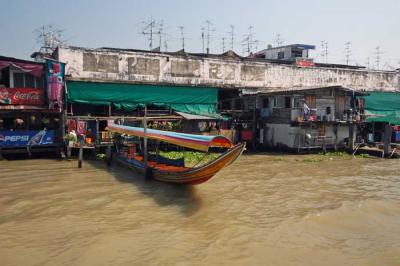 DSC_00126 |
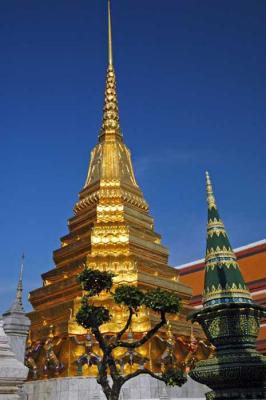 DSC_00138 |
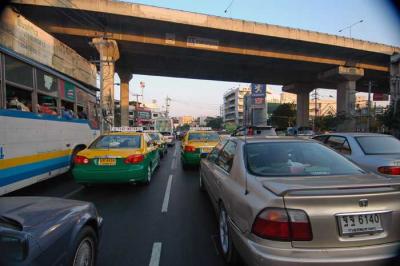 DSC_0062 |
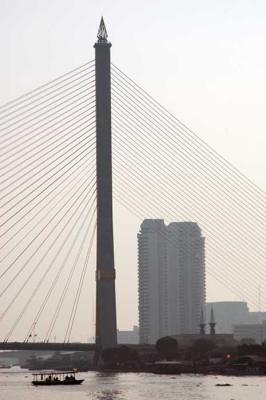 DSC_0118 |
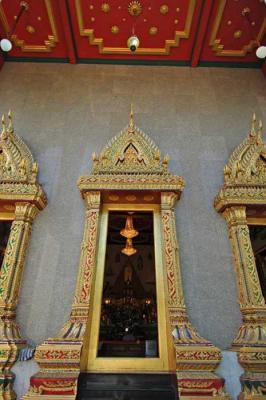 DSC_0024 |
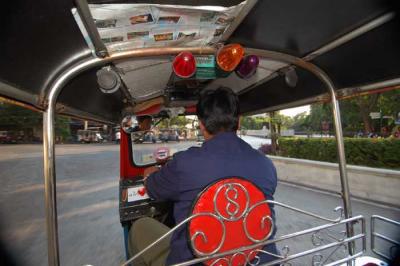 DSC_0039 |
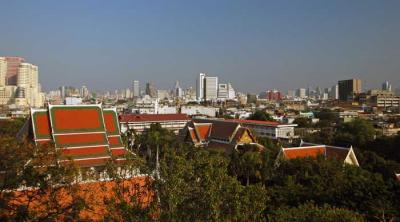 DSC_0041 |
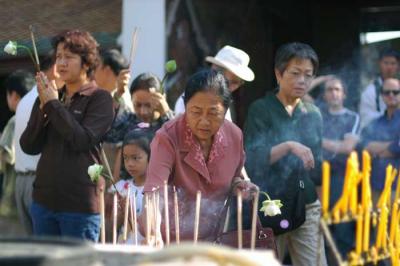 DSC_00171 |
 DSC_0108 |
 DSC_00225 |
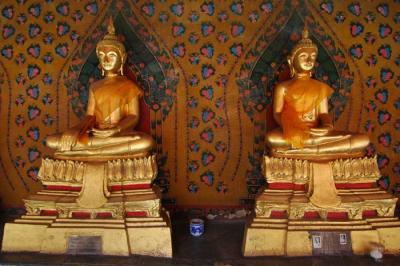 DSC_0147 |
| previous page | pages 1 2 3 4 5 6 7 8 9 10 11 12 13 14 15 ALL | next page |
| comment | share |